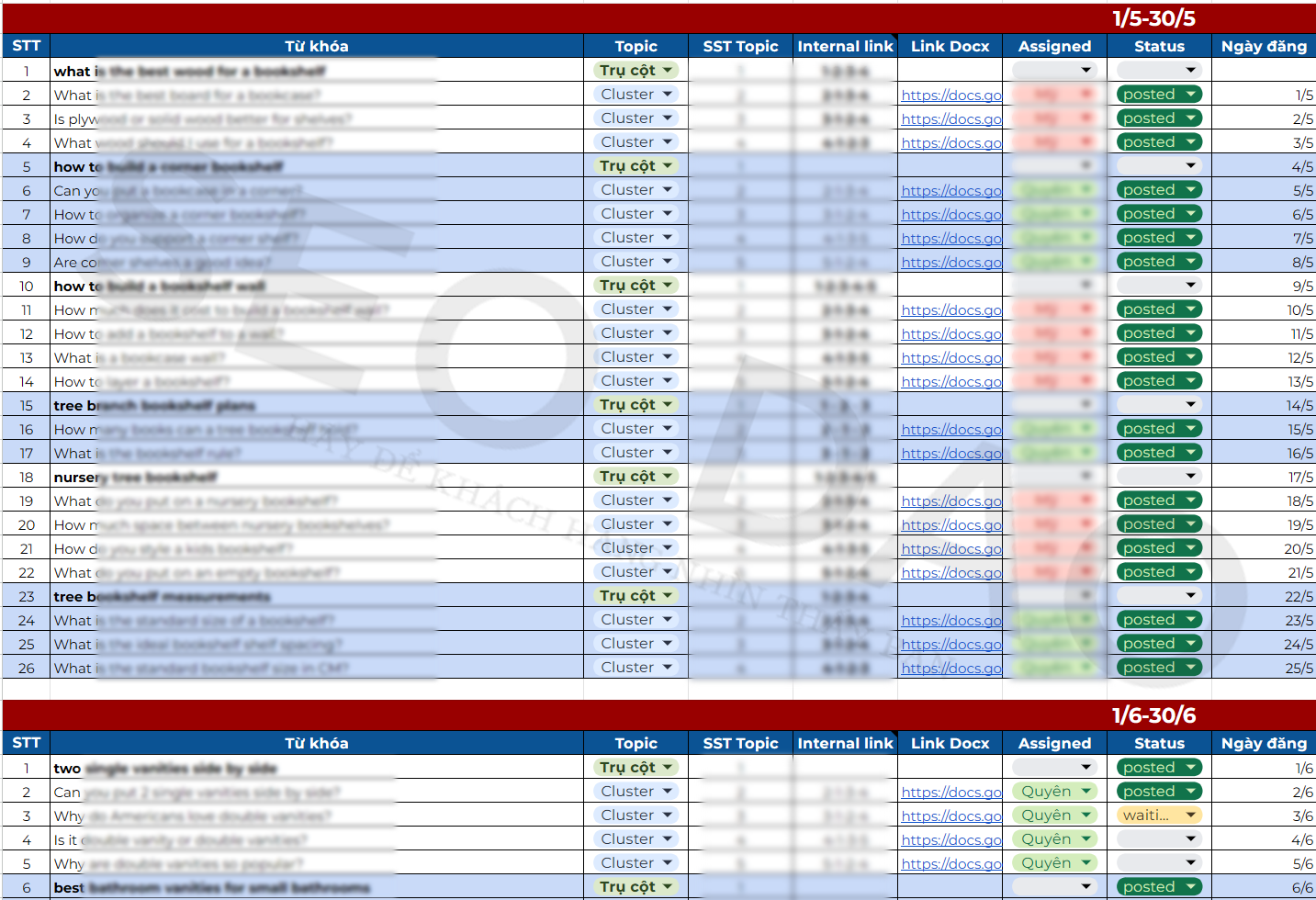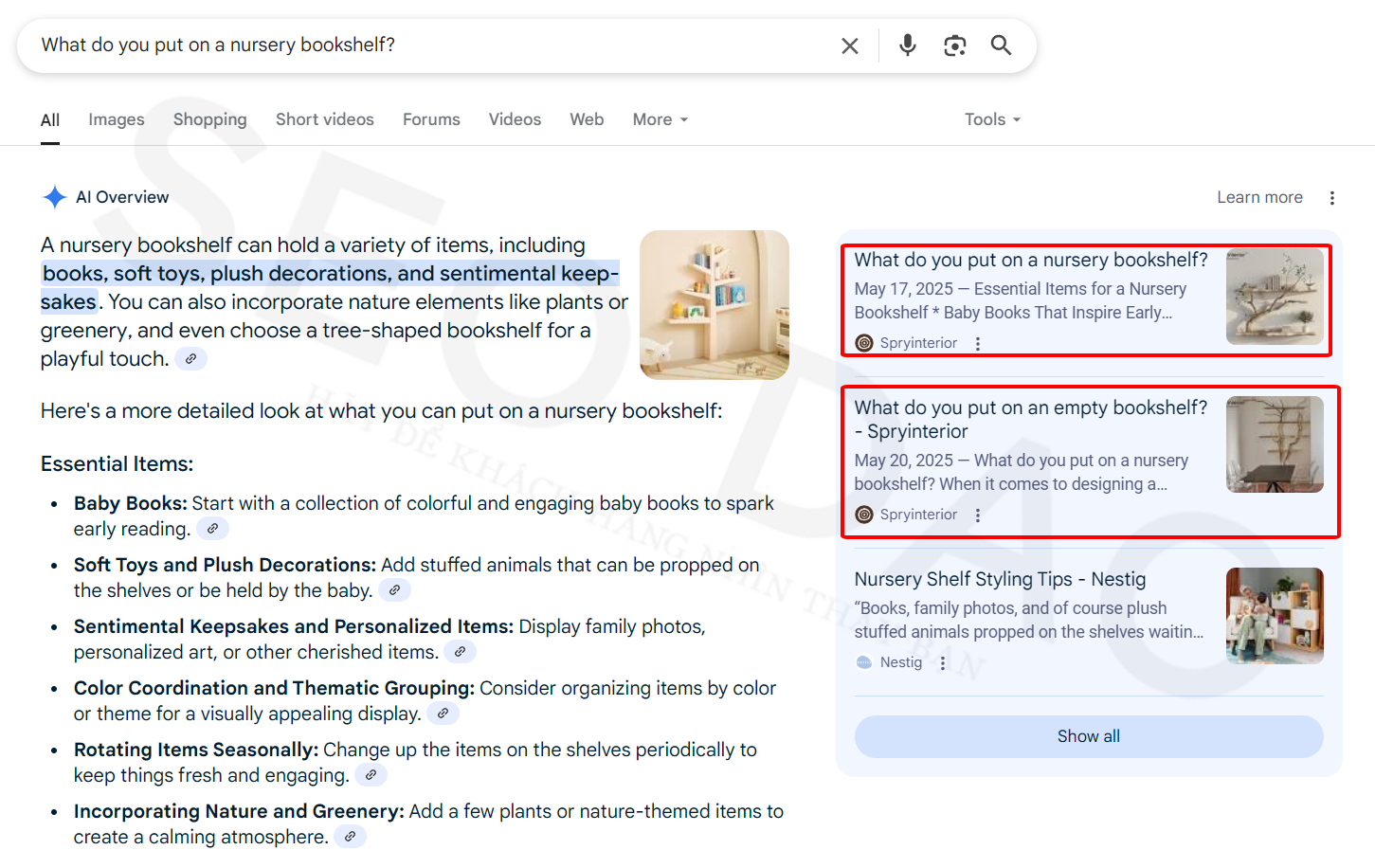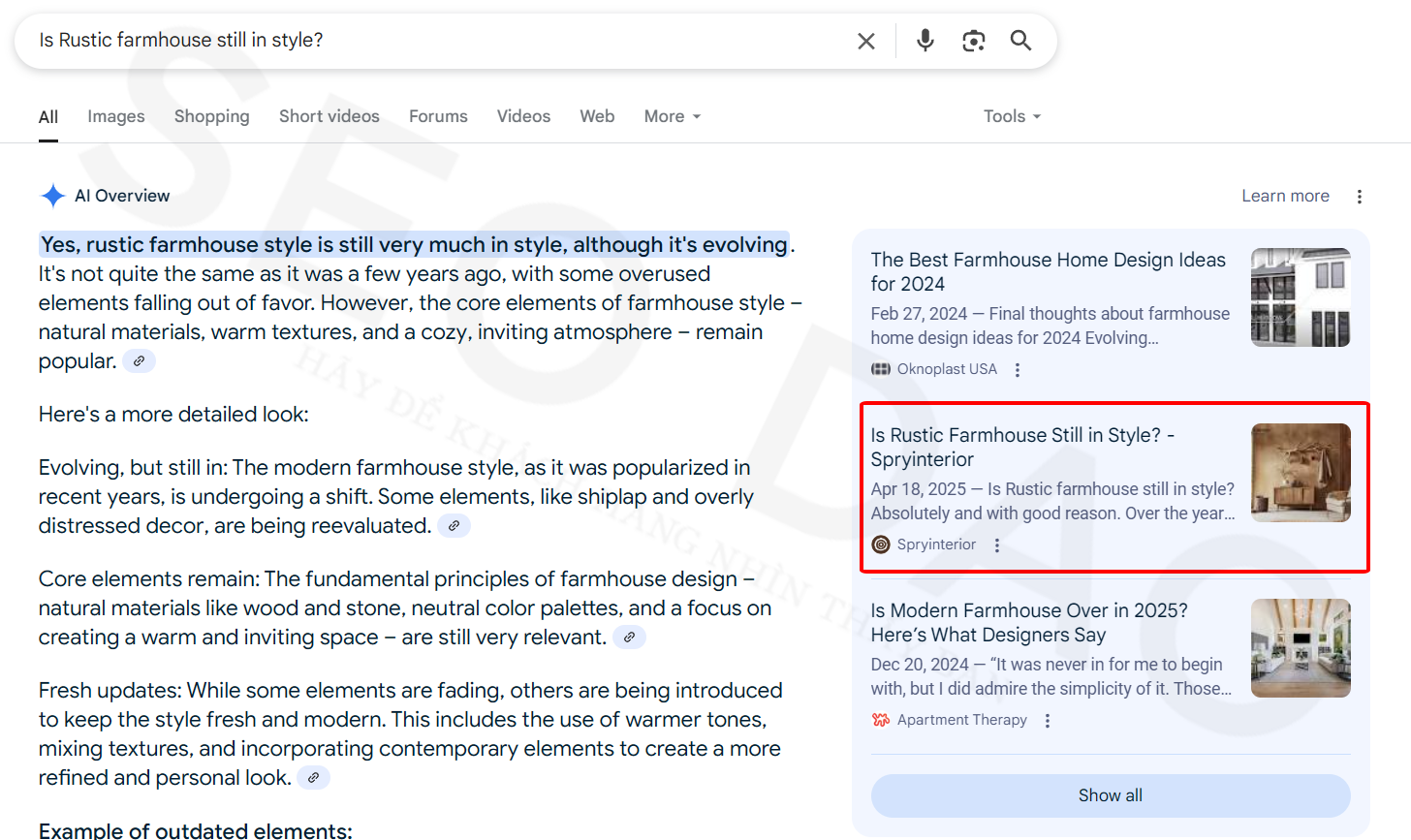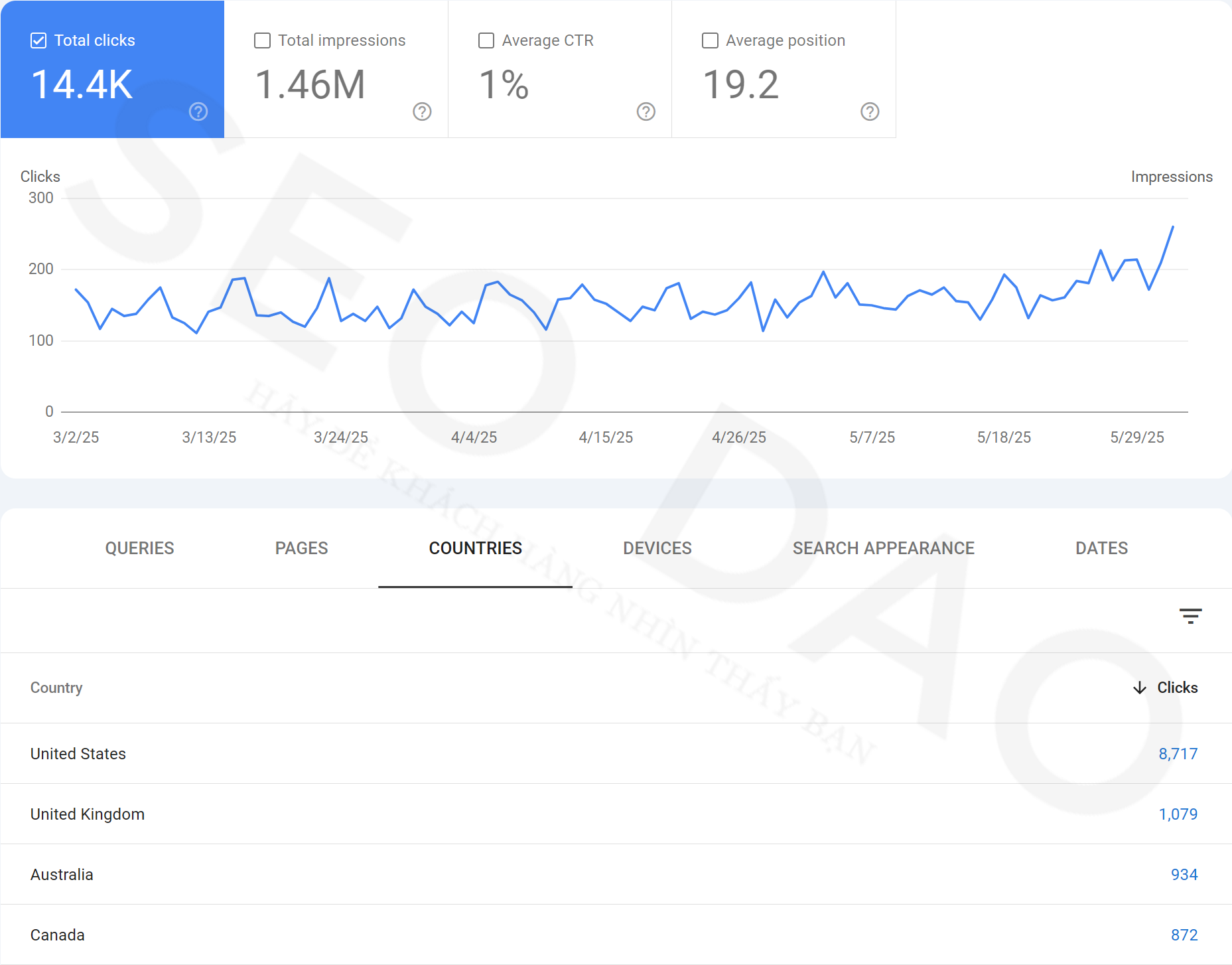Google is increasingly integrating features like “AI Overview” (formerly Search Generative Experience – SGE) into its search results. This presents both significant opportunities and challenges for SEO professionals. For the furniture industry, where users frequently seek advice, ideas, and solutions, appearing in AI Overview can significantly boost visibility, build credibility, and attract high-quality traffic.
1. In-depth Search Intent and Keyword Research:

- Focus on Questions: AI Overview excels at answering questions. Look for question-based keywords (who, what, when, where, why, how, is, can, should…).
- Examples: “How to choose a sofa for a small living room?”, “What’s the best material for kitchen cabinets?”, “Is minimalist style still trendy?”
- Target “Learn” and “Explore” Intent: Users searching with AI Overview often want to learn information, find guides, or compare options.
- Utilize Tools:
- Google Search Suggest/Related Questions: As you type keywords, Google suggests related questions.
- “People also ask” (PAA): This is a treasure trove of questions Google has compiled from user search intent.
2. Create High-Quality, In-depth, and Well-Structured Content:
This is the most crucial factor for AI to “understand” and extract your content.
- Provide Direct and Concise Answers: Right at the beginning of your article (or immediately after the introduction), provide a direct, clear, and concise answer to the main question. AI often extracts this section.
- Example: For the question “What is the ideal bookshelf shelf spacing?”, Spryinterior immediately answers: “The ideal shelf spacing for a bookshelf typically falls between 9 and 12 inches.“
- Detail with Logical Structure:
- Use Subheadings (H2, H3, H4): Break down content into logical sections using clear subheadings. This helps AI easily analyze the structure and extract individual parts.
- Bullet Points and Numbered Lists: When listing ideas, step-by-step instructions, or factors to consider, use bullet points or numbered lists. AI loves this format because it’s easy to understand and summarize.
- Tables: Use tables if you have comparative data or technical specifications.
- Write in a Natural, Easy-to-Understand Tone: Avoid overly complex terminology or lengthy sentence structures. Write as if you’re explaining to a friend.
- Provide Real-world Examples, Data, and Statistics: This increases credibility and information value.
- Comprehensive Content: Ensure your article covers all relevant aspects related to the question.
3. Thorough On-page Optimization:
- Title Tag: Include the exact question or relevant keywords in your Title Tag.
- Example: “What is the Ideal Bookshelf Shelf Spacing? – Spryinterior”
- Meta Description: Write an appealing description that summarizes the main content and encourages clicks.
- Friendly URL: Create short, easy-to-understand URLs containing the main keywords.
- Image Optimization: Use keyword-rich image file names and detailed alt text descriptions. High-quality and relevant images will help AI better understand the context.
- Internal Linking: Link to other related articles on your website. This helps AI understand your information network more deeply and also improves user experience.
4. Build Authority and Trust (E-E-A-T):
AI Overview prioritizes reliable sources. Google highly values E-E-A-T (Experience, Expertise, Authoritativeness, Trustworthiness).
- Demonstrate Expertise: Clearly state who wrote the article and if they have experience and expertise in the field (e.g., “Article by [Furniture Expert Name]”).
- Regularly Update Information: Ensure accuracy and the latest information.
- Build Quality Backlinks: Links from other reputable websites are strong signals to Google about your reliability and authority.
- Social Presence: Engage on social platforms and participate in industry communities.
- User Reviews: Encourage users to leave reviews (if appropriate for your business type).
5. Technical SEO:
- Page Load Speed: Ensure your website loads quickly on both desktop and mobile. Google prioritizes fast-loading pages.
- Mobile-friendliness: Design your website to be responsive so it displays well on all devices.
- Use Schema Markup (Structured Data): While Google hasn’t explicitly stated whether Schema Markup directly impacts AI Overview, it helps search engines better understand your content.
- Article Schema: For blog posts and news articles.
- FAQ Schema: If your article has a Q&A section, using FAQ Schema will help your questions and answers display directly in search results.
- HowTo Schema: If you provide step-by-step instructions.
- XML Sitemaps: Ensure your sitemap is submitted to Google Search Console so Google can crawl and index all important pages.
6. Monitor and Adjust:



- Google Search Console: Monitor keyword performance, especially question-based queries. See which keywords you’re appearing for in “Featured Snippets” or “People also ask,” as these are often precursors to appearing in AI Overview.
- Analyze User Behavior: Observe time on page and bounce rate. If users stay longer, it indicates your content is helpful.
- Regularly Update Content: Information can change, and new trends emerge. Ensure your content is always updated and accurate.

Important Notes:
- AI Overview is Still Evolving: Google is continuously testing and improving this feature. Stay updated on official announcements and algorithm changes.
- Not Every Query Will Have an AI Overview: Google will use AI Overview for relevant queries where it believes AI can provide a better answer.
- Content Quality is Core: Regardless of algorithm changes, high-quality, helpful, and reliable content will always be the determining factor for success.
By consistently applying these strategies, I believe your website will have a great opportunity to appear and “dominate” AI Overview in your field! Good luck!

